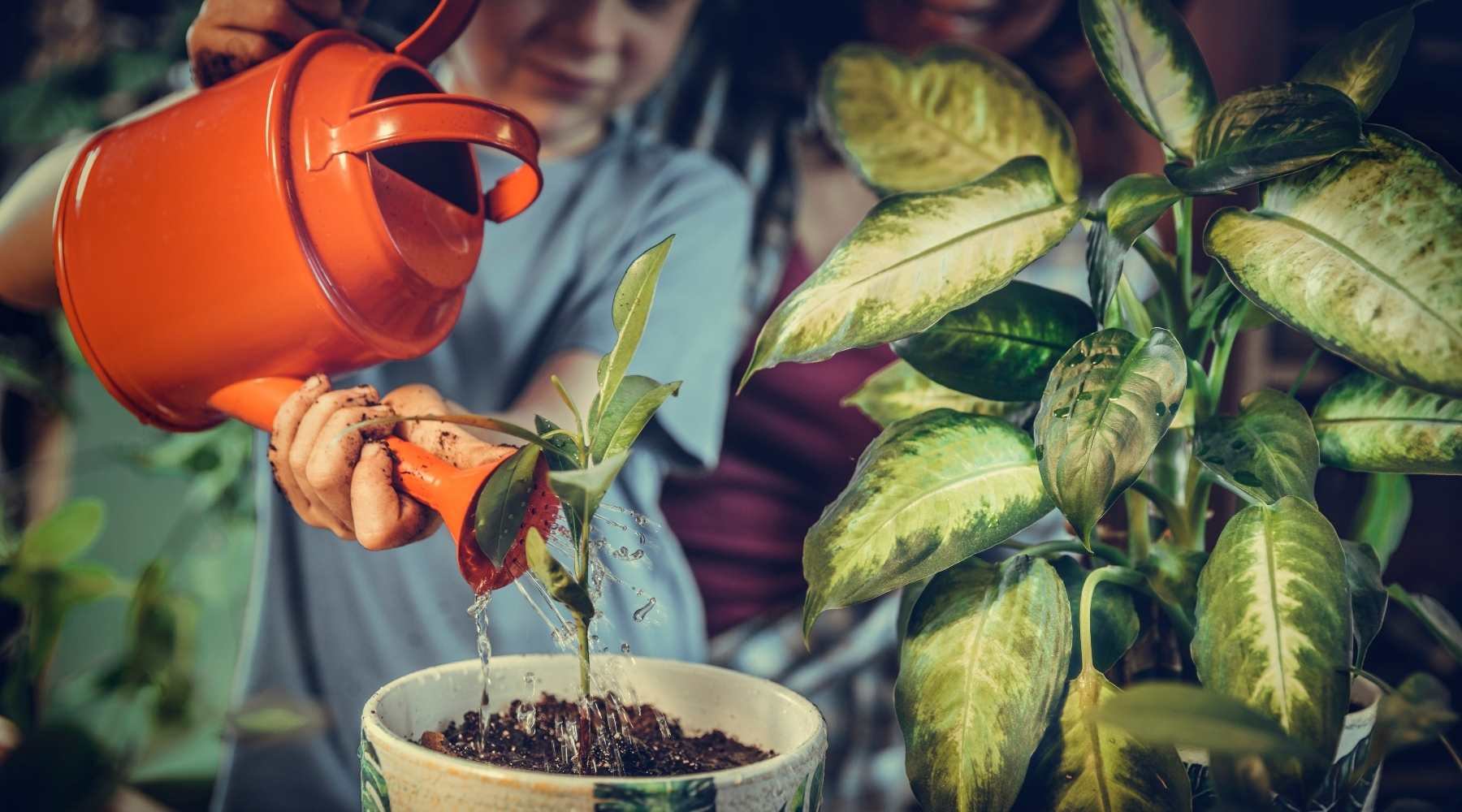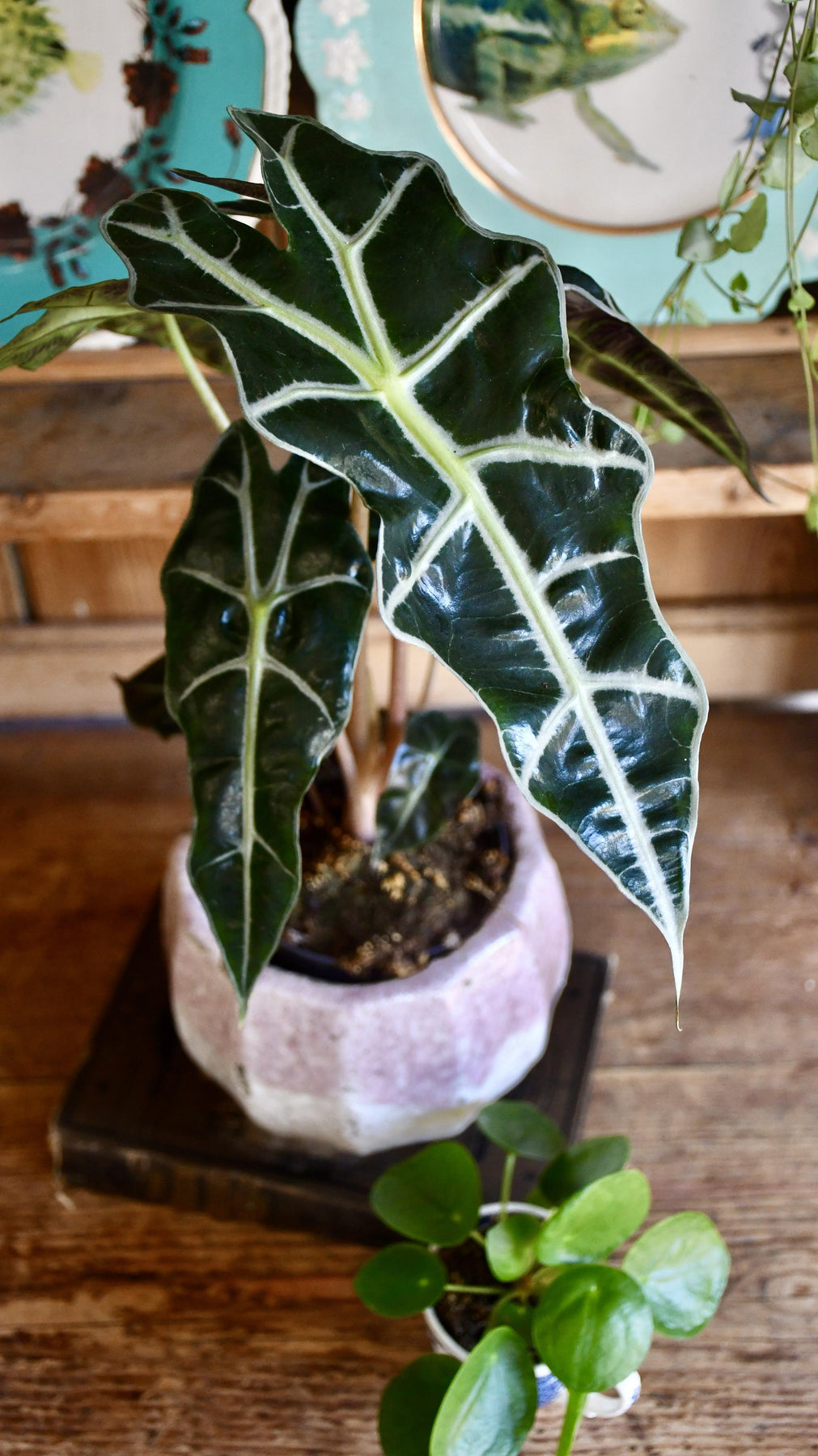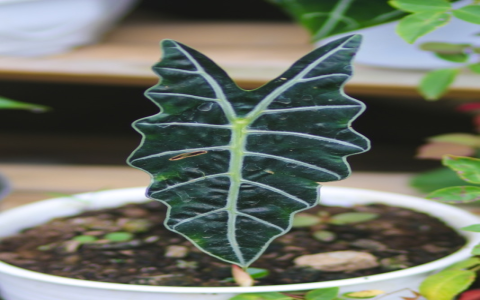So, I got this Alocasia a few months back, you know, the one they call “elephant ears”? Yeah, that one. I thought it would be a nice addition to my indoor jungle. But let me tell you, figuring out how to water this thing has been a real journey.
Getting Started
First off, I placed it in a spot with bright, indirect light. I read somewhere that direct sunlight is a big no-no for these plants, as it can scorch their leaves. I mean, who wants crispy leaves, right? So, I made sure it was getting plenty of light but not sitting right under the sun’s rays.

Trial and Error
Initially, I started watering it every week. I figured, once a week, that’s the standard for most plants, isn’t it? Well, not quite for this one. I noticed the soil was staying wet for too long. Like, really wet. And that’s when I learned Alocasias don’t like to have “wet feet.” They need moisture, sure, but they don’t want to be swimming in it.
Adjusting the Watering Schedule
So, I began to experiment. I started by checking the soil with my finger. I’d poke my finger in about 2 to 3 inches deep. If it felt dry, it was time to water. If it was still damp, I’d wait. This usually ended up being around every 10 days or so, but it really depended on the weather and how humid it was in my apartment.
The Watering Process
When I do water, I make sure to give it a good soak. I water until I see the water coming out of the drainage hole at the bottom of the pot. That way, I know the water is getting all the way down to the roots. Then, I let it drain completely. No letting it sit in a saucer full of water, that’s a recipe for disaster.
Humidity Matters
Another thing I figured out is that these plants love humidity. I mean, they really love it. I read somewhere that they thrive in 60%-80% humidity. I live in a pretty dry climate, and I tried using a humidifier. It did the trick, the yellow leaves started turning green.
Signs of Happiness
You know you’re doing something right when your Alocasia starts to bloom. And guess what? Mine did! I was so stoked. But then I learned that these blooms, while beautiful, can take a lot of energy from the plant. I noticed it wasn’t growing new leaves while it was blooming. So, I decided to snip off the blooms to help the plant focus on growing those big, beautiful leaves.
Winter Adjustments
Now that it’s winter, I’ve noticed I need to water it even less. I let the top few inches of soil dry out completely before watering again. It seems to be doing fine with this approach. I guess plants need less water when it’s colder and they’re not growing as much.
Final Thoughts
So, that’s my Alocasia watering story. It’s been a bit of a learning curve, but I think I’ve finally got the hang of it. The key is to pay attention to the plant, check the soil, and adjust your watering based on the season and humidity. It’s all about finding that sweet spot where the plant is getting enough water without being overwatered. And remember, every plant is different, so what works for me might not work exactly the same for you. Just keep experimenting and you’ll figure it out!






















